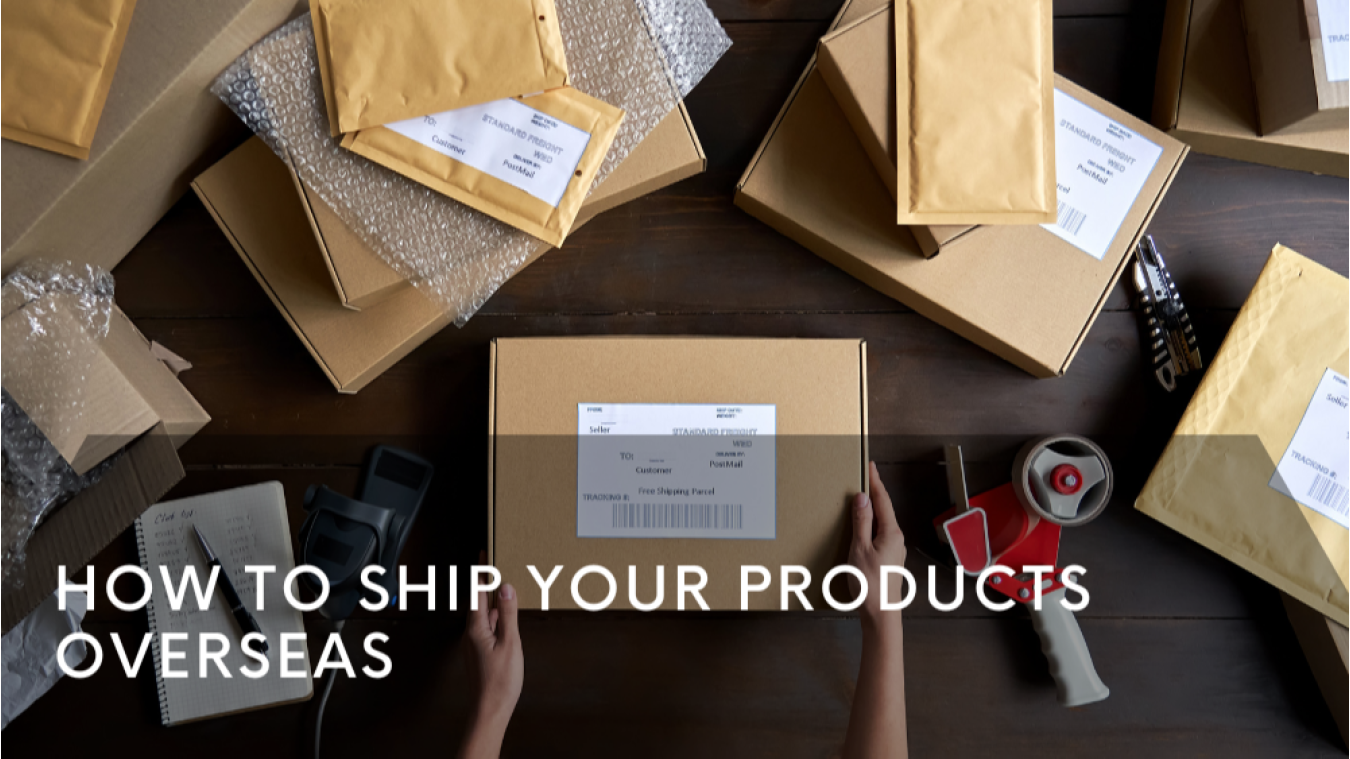
If you're looking to expand your business into new markets, you'll need to know how to ship your products overseas. Shipping products can be a complex process, but with the right knowledge and resources, it can be done successfully. In this blog post, we will outline the steps you need to take to ship your products overseas. We'll also provide tips on how to reduce the cost of shipping and minimize the risk of damage or loss. Let's get started!
1. Understand Country Regulations
It's essential to understand any relevant regulations or restrictions on goods shipped abroad so you don't run into any unexpected snags at customs. Check with the country's import control office or contact a customs broker who can provide guidance on these matters before you proceed.
2. Choose Your Shipping Method
When selecting a shipping method for your overseas shipments, it is important to consider factors such as cost, speed of delivery and reliability. For example, air freight may be faster but more expensive than ocean freight. Weigh the pros and cons of each option before making a decision.
3. Package Your Products
Once you have selected the shipping method, it is important to securely package your products for international travel. Make sure that you package your items to prevent damage in transit. This may include using protective wrapping or cushioning materials such as bubble wrap or foam.
4. Calculate Your Shipping Costs
When shipping overseas, you need to consider factors such as insurance costs, customs fees and duties, and taxes. Calculating your total shipping cost in advance can help you budget more effectively.
5. Prepare Necessary Documents
In order to successfully ship your products internationally, you will need to provide documentation such as a commercial invoice, packing list, and any other required documents. Make sure that all of your documents are accurate and in compliance with the laws of the destination country.
6. Choose Your Carrier
Once you have chosen the shipping method, packaged your products, and calculated the costs associated with shipping internationally, it's time to select a carrier. When selecting a carrier, consider factors such as customer service, delivery times, and insurance coverage.
7. Track Your Shipment
Once your shipment has been picked up by the carrier, it is important to track its progress in order to ensure that it reaches its intended destination on time and without any damage or loss. Most carriers provide tracking services that can help you stay up-to-date on the status of your shipment.
By following these steps, you can easily ship your products overseas and expand into new markets. Remember to research shipping carriers, understand country regulations, prepare packages properly and track shipments in order to reduce the cost of shipping and minimize risk of damage or loss. With the right knowledge and resources, international shipping can be a breeze!